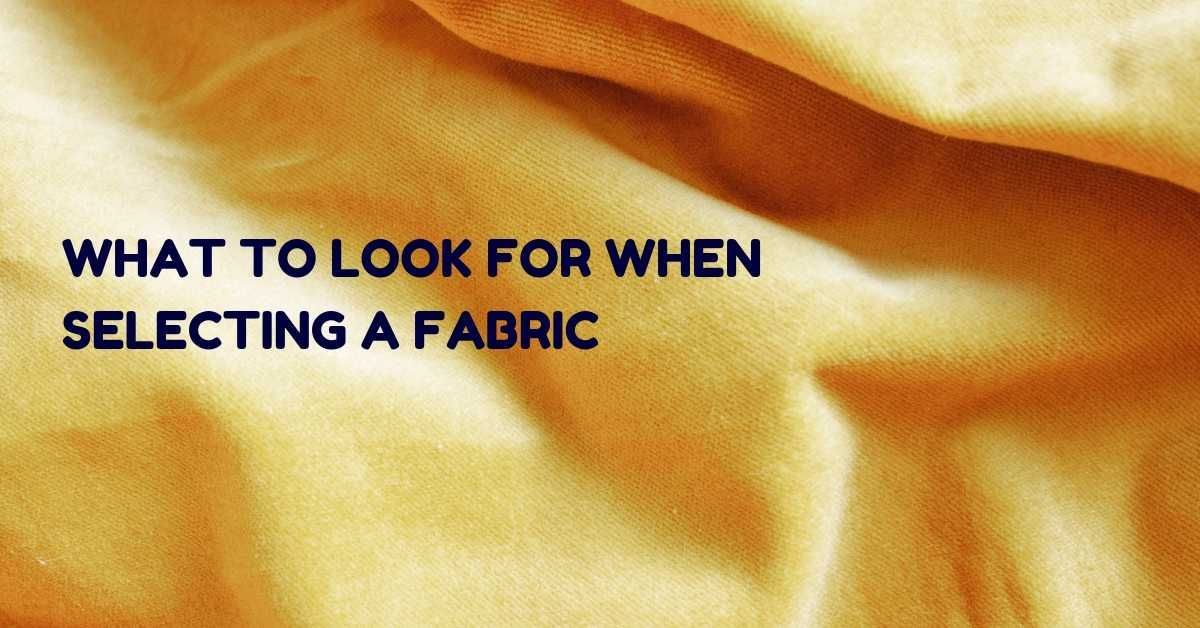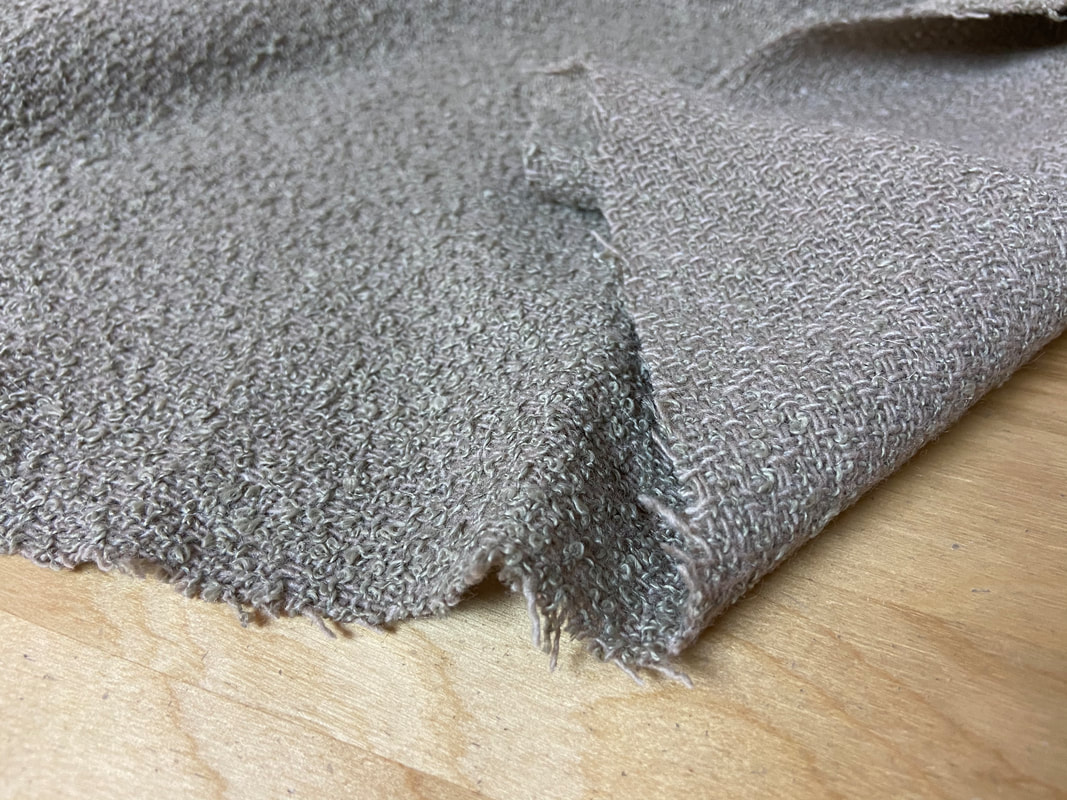All 4 Way Stretch Fabrics Fundamentals Explained
All 4 Way Stretch Fabrics Fundamentals Explained
Blog Article
Not known Facts About All 4 Way Stretch Fabrics
Table of ContentsThe Main Principles Of All 4 Way Stretch Fabrics The 5-Second Trick For All 4 Way Stretch FabricsUnknown Facts About All 4 Way Stretch FabricsExcitement About All 4 Way Stretch FabricsThe Facts About All 4 Way Stretch Fabrics RevealedAll 4 Way Stretch Fabrics - QuestionsOur All 4 Way Stretch Fabrics Ideas
As I additionally desire UV protection from my garments when I go out, I would certainly pick a densely woven cotton fabric. One more consideration when purchasing the fabric is the method it will certainly after washing.A winner would certainly be to purchase the very least 10% additional material. If you can purchase preshrunk fabric, this is the very best. Preshrunk material will have labels that will certainly claim" and so on. If you are seeking a material that will not stretch or shed form, you can search for the "anti-sag" label.

If you are matching the color, like selecting the cellular lining for the major material or picking fabric to add as trim, this is particularly vital. The textile showrooms will generally have a light well where you can see the textile in sunshine (or a home window with excellent light from outside).
4 Simple Techniques For All 4 Way Stretch Fabrics

The majority of fabrics have to do with 44 wide. When you most likely to get textile, price quote just how much you want first and afterwards most likely to the store. Look into this blog post to understand the response to this frequently heard concern "How much textile do I require". With a fat quarter, you will certainly get an 18 wide by 22 long.
These are offered in the stores I frequent as cut pieces they are mostly valued reduced and some of them, when they are last off the screw, prized really reduced. You will have to ask the sales representatives for pieces like that. Some excellent bargains can be had this means. In dressmaking, we get textile by the yard/meter.
All 4 Way Stretch Fabrics Fundamentals Explained
In a quarter of a backyard, you get a 9 by 44 strip of material, which is about 22 centimeters in size. According to the size of materials, they might be called single-width and double-width.
Pick fabrics that are not as well difficult or stiff, or you wouldn't be comfortable in them. Bed linen, Jeans, flannel, For cooler environments, select wool (100% as well as wool blends) woollen tweeds, woollen crepe; it primarily depends on what trousers you are speaking concerning Tailored pants, Unstructured Pant, Combined, Jeans.
Corduroy fits to put on fabric to choose for pants. All cotton fabrics benefit children. You can pick a cotton satin stretch or a cotton twill or cotton satin or grass. Knit materials are likewise great for youngsters you can go for wool knits. Interlock knits are dressmaking knits that extend across the grain.
The Basic Principles Of All 4 Way Stretch Fabrics
Look into this post on the most effective fabric for garments for children and children for even more detail on this topic. Light-weight cotton is my favored to stitch skirts. Cotton yard fabric in lovely prints is great. Silk jersey is a wonderful textile for stitching skirts, as is Ponte Roma weaved textile.
Drapey rayons, soft woollen, lycra blends, and stretch velours are all suitable for sewing skirts. Wool (Wool crepe has a great drape and gives adequate structure for coats; wool tweeds are fantastic as well), Bed linen & Flannel. Raw silk, satin, navigate here taffeta, velvet, Lace, silk chiffon, and Organza are all great for making dresses.
You can acquire medium-weight materials with some spandex/elastane added for a suitable bodycon-type gown. For drapey dresses, you can select lightweight fabrics. Jersey has a drapey fit such as this. Crepe, challis, and charmeuse are all drapey fabrics matched for this style. Examine out these blog posts: Best fabric for making casual gowns and tops; Names of various outfits. Rayon, Acetate, and cotton lining materials are commonly made use of.
Lightweight cotton material, Cambric, Chintz, Twill, Faille, Seersucker, Poplin, light-weight woven broadcloth, batiste, linen, eyelet benefit making t-shirts and blouses. I love chiffon shirts. Smooth satin textile benefits making airy tops. Have a look at the blog post on the 7 best fabrics for making tee shirts. Making stoles and scarves need different considerations for the material check out this post on the fabrics for making scarves When getting patterned material (the majority of the patterned material includes a width of 45 or 54 inches), there will certainly be pattern repeat in these materials, and this need to be thought about when cutting material in addition to buying them i.e., if you want to match the patterns at the seams.
Our All 4 Way Stretch Fabrics Ideas
The concepts will certainly be dispersed in an organized fashion on the textile. You might observe often If the print is not positioned on the material properly, it can not be matched or lined up when built without distorting the textile and the hang of the garment.


You can find out much more concerning grain and grainline of textile below. The fabric weight hinges on several variables like the weave, fiber kind, and so on and is usually represented by GSM. GSM can differ from 60 -700; 700 being the GSM of very top quality woolen fabric. A denim textile has a GSM of 400, depending on the weave.
One thing you have to maintain in mind is that higher material weight does not signify greater fabric top quality. You can not pick high fabric weight textile jeans for a light-weight drifting serape.
Have a look at the checklist of the 70+ different material coatings and treatments. Basically, one of the most important criteria to look for in the fabric you acquire are as complies with. The number of threads per inch of fabric (yarns-per-inch). Greater the thread count higher the variety of strings woven per inch, and the greater the high quality.
All 4 Way Stretch Fabrics for Beginners
In top notch textile, this balance (either in numbers or in size) will certainly always be maintained. Procedures made use of on material to improve look and efficiency.
A two-ply yarn transcends to a single-ply thread.
If you are preparing yourself to begin a new embroidery task, picking a fabric will certainly be the most essential step as soon as you decide what you intend to make. After you've gone to all the difficulty and expense of purchasing the stitching device you love, a pattern you love, and a material you like, you want the finished item to be a success? One method to accomplish that is to begin by seeing to it your textile is absolutely right for the project.
Facts About All 4 Way Stretch Fabrics Uncovered
For instance, if you're making a quilt, you'll instantly intend to use quilter's weight cotton for ideal outcomes. What if you desire to make an item of clothes? How do you know which textile will give you the most effective outcome? Selecting a fabric simply due to the fact that you love the print or layout on it isn't necessarily the most effective technique.
You get the image. In order to prevent doing an entire project for essentially nothing, we've put together some tips to assist you decide which textile is right for your task. Allow's state you already have a task in mind; how do you discover the appropriate fabric for it? One method is to take a look at comparable things in storesor ones you already have.
Assume of the attributes you want the ended up item to have. Do you want a solid color or a print? If you are making a non-wearable thing such as a cushion cover or potholder, utilize a sturdy textile such as canvas.
There is a lot details around regarding fabrics, their qualities, and their uses, it can reach be overwhelming! Do not try to take it in all at as soon as; just begin with the job at hand. Find out all you can about the material you utilize for this task.
Report this page